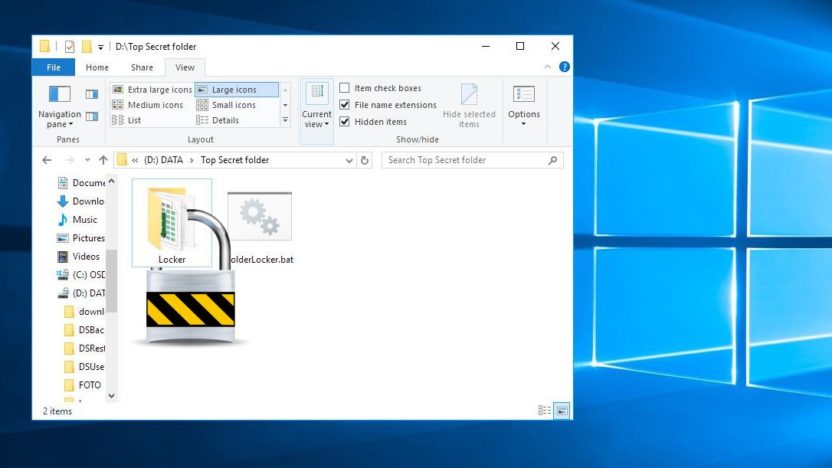If you share a computer with others, you will possibly have a requirement to stay some documents confidential. There are many ways to try to this, reckoning on that version of Microsoft® Windows® your laptop is running. If you’re unsure that Windows system your computer is running, browse here for additional data.
You should always get wind of an account for everyone who shares one computer. This helps everybody access the programs and information that they need.
Password-protect a folder
Using a password to protect a folder means you wish to enter a password to check the list of documents within the folder. you’ll conjointly secret-protect individual files either during a password-protected folder or in a folder while not password protection. The procedure is that the same for files and folders.
Windows 7
1. In Windows somebody, navigate to the folder you wish to password-protect. Right-click on the folder.
2. Select Properties from the menu. On the dialog that seems, click the final tab.
3. Click the Advanced button, then choose code content to secure information. Click OK. Your Windows username and secret are going to be used.
4. Double-click the the folder to make sure you’ll access it.
Windows eight and Windows ten
It is impractical to use Windows to password-protect a folder in Windows eight or Windows ten. you’ll ought to download third-party software or use a zipped folder. If you have chosen to use third-party software, make certain you transfer it from a well-thought-of supply.
Zipped folder
Password-protecting a zipped file may be a sensible answer if your version of Windows doesn’t support secret protection. If you set the files you’d prefer to defend during a nothing file, you’ll then apply a secret.
1. In Windows somebody, highlight and right-click on the files you’d prefer to place into a zipped file.
2. Select Send to, then nothing folder (compressed). Follow the prompts to name and save the folder.
3. Double-click the zipped file, then choose File and Add secret.
4. Fill out the requested data, then click Apply.
Hide a folder
When you hide a folder or go into Windows, the folder or file doesn’t seem within the directory list, unless the Don’t show hidden files, folders, or drives setting is unrestrained.
Windows 7, 8, and 10
1. Right-click on the file or folder that you just need to cover. choose Properties.
2. Click the final tab, beneath the Attributes section, check Hidden.
3. Click Apply.
If the file or folder remains visible within the directory, you’ll ought to modify another setting.
1. In Windows somebody, click the File tab.
2. Select choices, then choose the read tab.
3. With Hidden files and folders, select Don’t show hidden files, folders, or drives.
To see your hidden files or folder, repeat the instructions on top of, however click Show hidden files, folders, and drives.
Read More: Best Tablets for Business in 2020
Conclusion
Although Microsoft has taken away the flexibility to password-protect a folder, you’ll still keep your confidential information private by using either a password-protected zipped folder or activity files and folders so that they don’t seem within the directory list.

